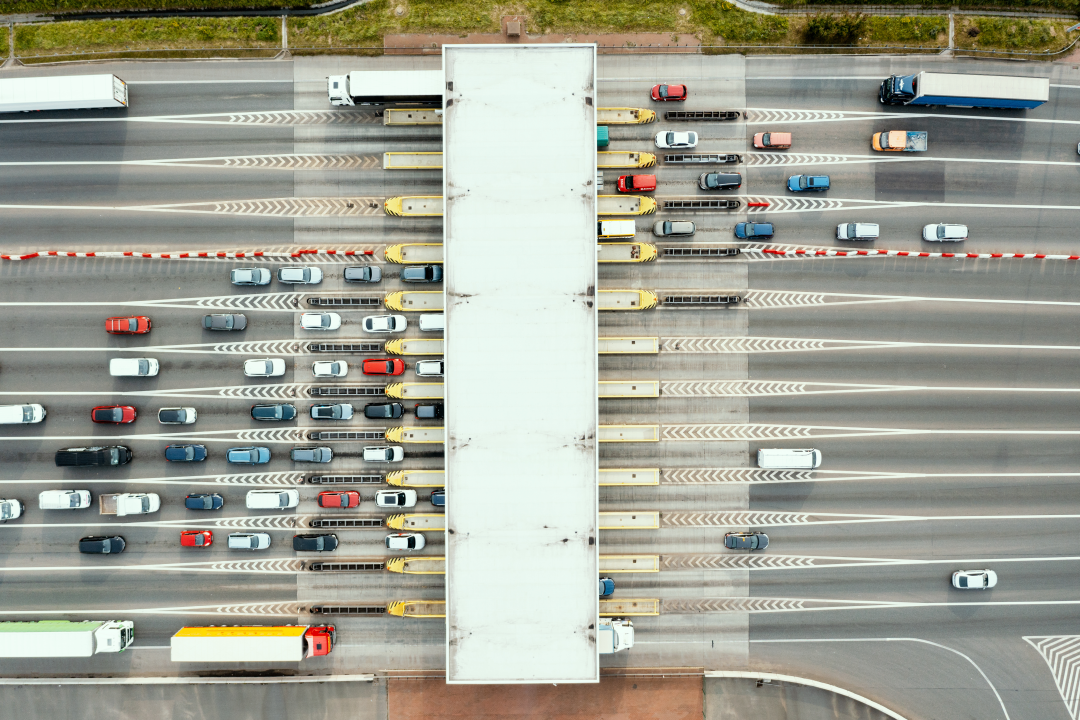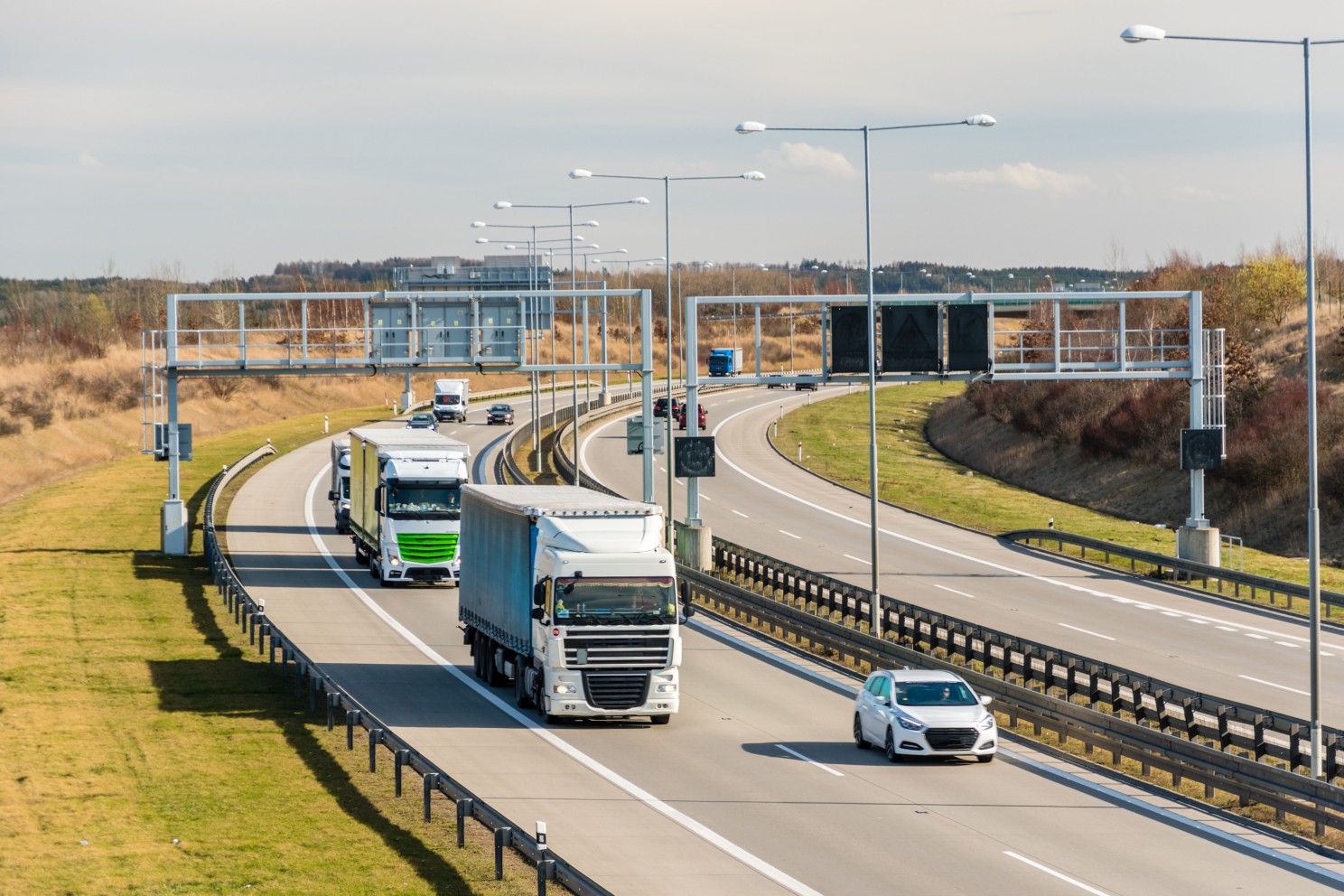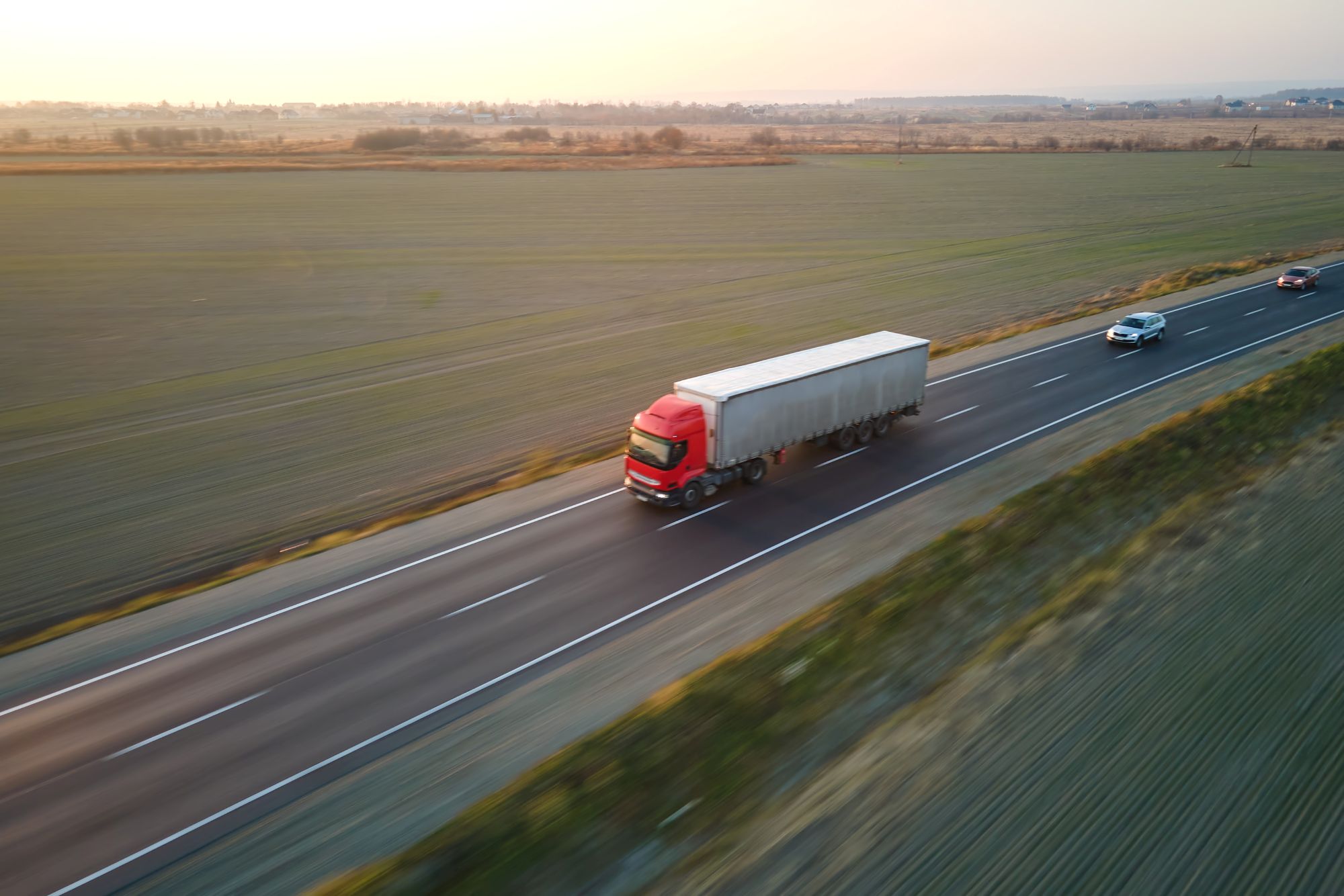
Susie Jones
Porozumění novým sazbám mýtného pro nákladní automobily v Německu
Vytvořeno: 12.08.2024
•
Aktualizováno: 12.08.2024
Vzhledem k probíhajícím změnám v německém systému mýtného pro nákladní automobily je snadné se v mnoha změnách a předpisech ztratit. Téměř 83 % místních jízd kamionů, které zahrnují zhruba 200 kilometrů, již probíhají po zpoplatněných silnicích - což poukazuje na dopad německého mýtného na výdaje vozového parku.
S nárůstem mýtného tyto nové změny tvrdě dopadají na společnosti provozující vozové parky. Změny mýtného v letech 2023 a 2024 jsou důsledkem toho, že německá vláda podpořila novelu zákona o mýtném, která přijímá:
Nové sazby mýtného
Zavedení mýtného za emise CO2
Zrušení osvobození od mýtného pro vozidla na zemní plyn
Rozšíření mýtného na vozidla s přípustnou celkovou hmotností nad 3,5 tuny.
1. ledna 2023 změny
Na začátku roku 2023 se sazby mýtného zvýšily. Rozhodující byly tři faktory:
Počet náprav
Třída emisí
Přípustná celková hmotnost jízdní soupravy.
1. prosince 2023 změny
V prosinci byly zavedeny emisní třídy CO2 jako nové tarifní kritérium. Ta se vypočítává z příplatku 200 eur za tunu emisí CO2 a vztahuje se na všechna vozidla s přípustnou celkovou hmotností nad 7,5 tuny. Výše jednotlivých příplatků se kromě stávajícího mýtného odvíjí od emisní třídy.
Třída 1 - nákladní vozidla s nejvyššími emisemi CO2, a tedy s nejvyšší možnou přirážkou. Společnost TollCollect, která v Německu vybírá mýtné za nákladní automobily, zařazuje do této emisní třídy všechna registrovaná vozidla - provozovatelé vozových parků se na ni musí obrátit, aby požádali o lepší zařazení, pokud na to mají nárok.
Třídy 2 a 3 - Obě třídy jsou přiřazeny při zadávání údajů o vozidle na portálu TollCollect.
Třída 4 - nákladní vozidla s nízkými emisemi, například vozidla na zemní plyn.
Třída 5 - nákladní vozidla s nulovými emisemi.
1. ledna 2024 změny
Od 1. ledna 2024 přestalo platit osvobození od mýtného pro vozidla na zemní plyn.
1. července 2024 změny
Mýtné se bude platit za všechna vozidla s celkovou technicky přípustnou hmotností vyšší než 3,5 tuny. Z této nové změny existuje několik výjimek:
Bezemisní vozidla s technicky přípustnou celkovou hmotností vyšší než 4,25 tuny.
Těžká užitková vozidla bez emisí - tato výjimka platí do konce prosince 2025.
Vozidla používaná obchodními podniky - platí pro vozidla s celkovou hmotností nižší než 7,5 tuny.

Připravte svůj vozový park na červencové změny
Před 1. červencem si musíte ověřit, zda vaše vozidla podléhají mýtnému, a pokud ano, jakým způsobem chcete mýtné platit.
Zkontrolujte svá vozidla
Zkontrolujte první část osvědčení o registraci vozidla v poli F1. Pokud má vaše vozidlo technicky přípustnou maximální hmotnost nákladu (TPMLM) vyšší než 3,5 tuny, podléháte povinnosti platit mýtné. Nákladní vozidla, jejichž TPMLM je přesně 3,5 tuny nebo méně, mýtnému nepodléhají.
Kombinace vozidel - pokud má tažné vozidlo TPMLM vyšší než 3,5 tuny, podléháte mýtnému. Kombinace s TPMLM nad 3,5 tuny nepodléhá mýtnému, pokud má tažné vozidlo TPMLM 3,5 tuny nebo méně.
Požadavky na mýtné se vztahují na vozidla určená nebo používaná pro silniční nákladní dopravu.
Obchodní podniky jsou za určitých podmínek osvobozeny od mýtného.
Jak zaplatit mýtné
Nejpohodlnějším způsobem placení je použití palubní jednotky (OBU), kterou poskytují společnosti Toll Collect, poskytovatelé Evropské služby elektronického mýtného (EETS) nebo jejich obchodní partneři.
Platba palubní jednotkou vyžaduje registraci v systému Toll Collect a sjednání termínu instalace - po instalaci nastavte hmotnost jako "<7,5 tuny". S OBU jednotkou bude automatický výběr probíhat na dálnicích a spolkových silnicích od 1. července 2024.
Mýtné můžete také zaplatit na stránkách Toll Collect https://www.toll-collect.de/en/tollcollect/tchomepage.html nebo prostřednictvím jejich aplikace https://apps.apple.com/gb/app/toll-collect-mauteinbuchung/id1321965602 ještě před zahájením cesty.
Je moje obchodní vozidlo osvobozeno od nových německých mýtných sazeb?
Pro osvobození řemeslníka od daně platí následující podmínky:
Vozidlo mohou řídit pouze zaměstnanci obchodní společnosti.
Přepravovaný materiál, zařízení nebo stroje musí být nezbytné pro provádění služeb a prací v rámci živnostenského podnikání.
Přepravované rukodělné zboží musí být vyrobeno, zpracováno nebo opraveno v provozovně živnostníka.
Obchodní vozidla můžete registrovat online na adrese Toll Collect. Více informací o výjimkách naleznete na stránce FAQ společnosti Toll Collect.
Mohou v Německu v neděli jezdit nákladní auta?
V určitých obdobích platí zákazy jízdy nákladních automobilů pro komerční účely, aby se omezil provoz a zajistila bezpečnost na silnicích. Zákaz platí v neděli, což znamená, že řidiči nákladních vozidel s nákladním vozem o hmotnosti nad 7,5 tuny se s ním nemohou pohybovat od 12 do 22 hodin. Kromě toho platí zákaz jízdy také o následujících státních svátcích:
Nový rok - 1. ledna
Velký pátek - 18. dubna
Velikonoční pondělí - 21. dubna
Svátek práce - 1. května
Den nanebevstoupení - 29. května
Svatodušní svátky - 8. června
Den sjednocení Německa - 3. října
Vánoce a Boxing Day - 25. a 26. prosince
V období hlavních prázdnin, od 1. července do 31. srpna, platí v sobotu zákaz řízení nákladních vozidel, což znamená, že řidiči nákladních vozidel nesmějí jezdit mezi 7. a 20. hodinou, kdy je na silnicích vysoká frekvence vozidel.



